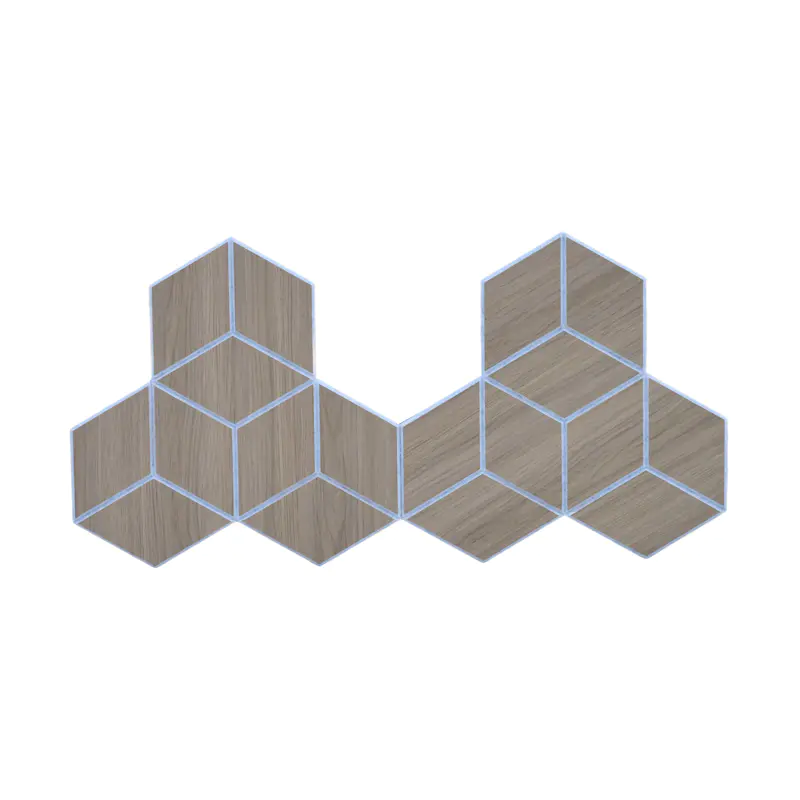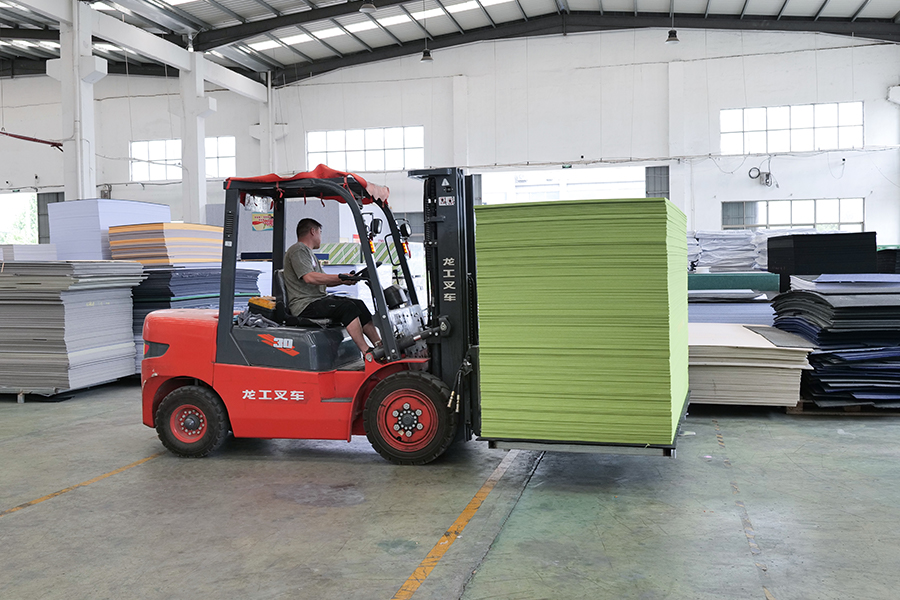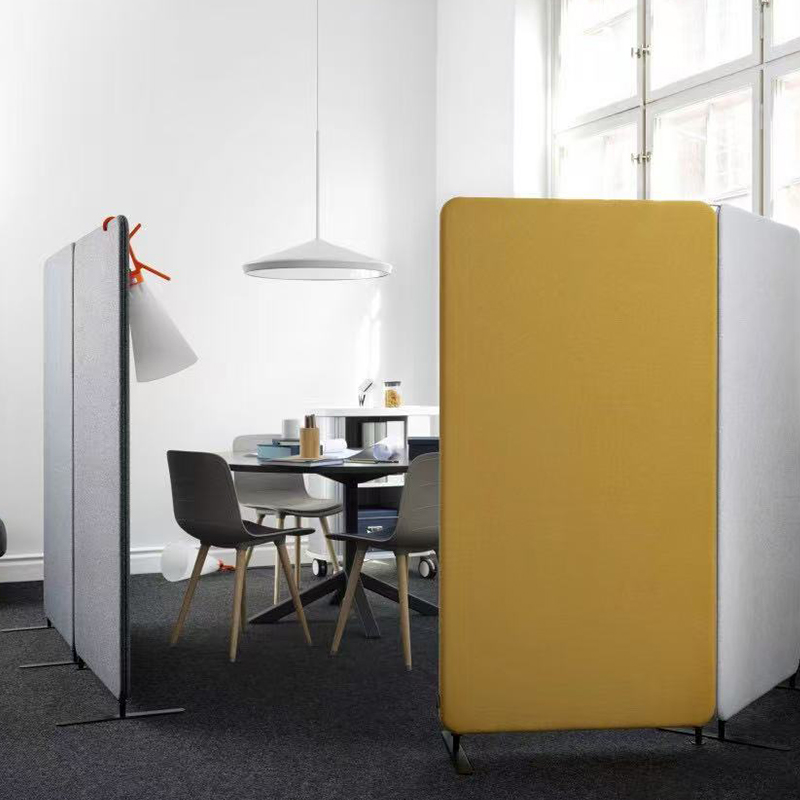+86-180 3665 1199
- 1 Introduction
- 2 Unique Advantages of PVC Acoustic Panels
- 3 Application Scenarios of Soundproof PVC Panels
- 4 Design and Installation Guidelines for PVC Wall Panels for Acoustics
- 5 Integrated Indoor Acoustic Solutions
- 6 Decorative Value of Decorative Acoustic PVC Panels
- 7 Future Development Trends of PVC Acoustic Panels
- 8 Conclusion
Introduction
With the acceleration of modern urbanization, noise problems in various buildings have become increasingly prominent. From office buildings with open workspaces to home entertainment areas and classrooms in educational institutions, noise not only affects comfort but can also impact health and work efficiency. Against this backdrop, indoor acoustic design has become increasingly important.
PVC Acoustic Panels, as a material that combines high-performance acoustic functionality with decorative aesthetics, are gradually becoming a preferred solution in modern interior design. They not only effectively enhance the soundproofing of spaces but also add unique aesthetic value through diverse shapes and colors. This article will comprehensively analyze their application and advantages in modern indoor spaces from five aspects: the advantages of PVC Acoustic Panels, application scenarios, design and installation guidelines, integrated indoor acoustic solutions, and decorative value.
Unique Advantages of PVC Acoustic Panels
1. Environmentally Friendly, Durable, and Easy to Clean
PVC (polyvinyl chloride) materials are highly favored for their environmental friendliness and durability. PVC Acoustic Panels are made from high-quality PVC, ensuring long-term stability and easy maintenance. Compared to traditional sound-absorbing materials, PVC panels are moisture-resistant, deform-resistant, and non-absorbent, making them suitable for high-humidity environments such as bathrooms, swimming pools, or commercial kitchens.
Additionally, PVC is recyclable and aligns with modern green building concepts. Low energy consumption and low emissions during production make PVC Acoustic Panels environmentally sustainable, meeting green certification requirements for public buildings and modern households seeking healthy materials.
2. Outstanding Acoustic Performance
The core value of PVC Acoustic Panels lies in their excellent acoustic performance. Through scientifically designed surface textures and internal perforations, these panels effectively absorb sound waves, reduce echo and noise transmission, and improve the acoustic quality of spaces.
In practice, Soundproof PVC Panels are widely used in areas requiring high sound insulation, such as home theaters, recording studios, and office conference rooms. Their sound absorption can significantly reduce environmental noise and enhance speech clarity. In public spaces such as libraries, multipurpose halls, or restaurants, PVC Acoustic Panels also effectively lower ambient noise, improving overall user experience.
3. Visually Appealing and Compatible with Modern Decor
Besides soundproofing, PVC Acoustic Panels offer strong decorative functions. Panels can be designed in various textures, colors, and shapes, meeting diverse interior design styles. Whether in minimalist modern design, Scandinavian style, or high-end luxury decor, PVC Acoustic Panels can integrate seamlessly and serve as a visual highlight.
Decorative Acoustic PVC Panels combine functionality and aesthetics, turning acoustic optimization into an integral part of interior design. Different color schemes and panel arrangements can create different atmospheres—warm, professional, or sophisticated—satisfying various spatial and functional requirements.
Application Scenarios of Soundproof PVC Panels
1. Office Soundproofing
Modern offices often adopt open-plan designs to encourage collaboration, which can lead to noise interference affecting productivity. PVC Acoustic Panels play a crucial role in office environments, being used on partition walls, ceilings, and wall decor to reduce external noise and internal sound reflections, creating a quieter workspace.
PVC Wall Panels for Acoustics can be flexibly adjusted according to space requirements, optimizing office acoustics. This design enhances employee focus and improves speech clarity in meeting rooms or training areas, boosting overall office efficiency.
2. Home Theaters and Entertainment Rooms
Home entertainment spaces require high-quality acoustics, as noise interference and echo directly affect the audio experience. PVC Acoustic Panels can be arranged scientifically to reduce low-frequency echoes and high-frequency noise, delivering purer sound.
Additionally, the decorative versatility of PVC panels integrates seamlessly with home theater aesthetics, enhancing spatial beauty. Dark or wood-grain panels create an immersive viewing experience, while bright colors or geometric textures offer a modern, stylish atmosphere.
3. Educational and Training Institutions
Classrooms, training rooms, and lecture halls have strict acoustic requirements. Noise and echo can affect students' comprehension and teachers’ delivery. PVC Acoustic Panels improve the acoustic environment, enhancing auditory comfort and learning efficiency.
Through Indoor Acoustic Solutions, PVC panels can be combined with ceilings, walls, and partial decorations to reduce background noise and maintain speech clarity, making teaching more effective and learning more focused.
4. Noise Reduction in Public Spaces
Restaurants, hotel lobbies, and conference centers often experience high noise levels, impacting user experience. PVC Acoustic Panels not only absorb sound but also enhance visual aesthetics, creating stylish, quiet environments.
Noise Reduction Panels in public spaces can significantly improve acoustic quality, increase customer satisfaction, and elevate the overall sophistication and comfort of the space.
Design and Installation Guidelines for PVC Wall Panels for Acoustics
1. Material Selection and Thickness Affect Acoustic Performance
The sound absorption of PVC Acoustic Panels depends on material density, thickness, and internal structure. Generally, thicker and denser panels provide better acoustic performance. Designers should select panels based on the acoustic needs of different spaces.
Surface textures and perforation patterns directly influence sound absorption. Scientifically designed surfaces increase sound wave diffusion and absorption, improving overall acoustic performance.
2. Installation Methods and Considerations
PVC Acoustic Panels offer flexible installation options, suitable for walls and ceilings. Common methods include adhesive, snap-fit, or screw fixation. Key considerations during installation include:
- Ensure wall surfaces are flat for proper panel adhesion
- Leave small gaps between panels to enhance sound absorption
- Use moisture-resistant panels in high-humidity areas
Proper installation ensures acoustic effectiveness and extends panel lifespan while minimizing maintenance costs.
3. Maintenance and Cleaning
Maintenance of PVC Acoustic Panels is simple. A damp cloth is sufficient for regular cleaning, and stubborn stains can be removed with a mild cleaner. Compared to fabric-based soundproof materials, PVC panels are dust- and water-resistant, suitable for long-term use in homes, offices, and public spaces.
Integrated Indoor Acoustic Solutions
1. Ceiling and Wall Combination Optimization
Ceilings and walls are primary sources of sound reflection. Installing PVC Acoustic Panels on both surfaces maximizes absorption, reducing echo and noise transmission. For high-fidelity audio spaces, such as home theaters, recording studios, and auditoriums, strategically placed panels create a balanced acoustic environment for natural, clear sound.
PVC panels can also be combined with acoustic cotton, soundproof boards, and soft wall coverings to form multi-layered acoustic partitions, enhancing overall noise reduction. Designers should consider sound reflection paths, absorption area, and panel density to ensure scientifically optimized and visually appealing solutions.
2. Spatial Layout and Functional Zoning
PVC Acoustic Panels also play a key role in space zoning. Different areas in offices, educational institutions, and commercial spaces have varying noise sensitivities, so panel placement should reflect these differences.
For example, open office workspaces benefit from panels on walls and partitions to reduce low-frequency noise and human chatter; conference and training rooms require focused ceiling and corner paneling to enhance speech clarity; dining areas or cafes can combine ceiling and wall decor for both noise reduction and aesthetics. Proper zoning with PVC Acoustic Panels improves both acoustic quality and spatial efficiency.
3. Coordination with Furniture and Decor
Coordinating PVC Acoustic Panels with furniture, flooring, and curtains is essential. Different materials and layouts affect sound reflection and absorption. PVC panels’ versatile designs allow seamless integration with modern interiors, achieving both functional and aesthetic unity.
For instance, in conference rooms or home theaters, soft sofas, thick curtains, and carpets can further reduce noise; in open offices, lightweight furniture and partition screens maintain visual openness while controlling noise. Integrated design strategies make PVC Acoustic Panels a core component of indoor acoustic solutions.
Decorative Value of Decorative Acoustic PVC Panels
1. Diverse Color and Texture Design
PVC panels offer a wide range of colors and textures—from deep, muted tones to light, vibrant hues, as well as wood or stone grain finishes—satisfying different interior decor styles. Designers can choose colors and textures based on space function and atmosphere to create visual highlights while providing acoustic benefits.
For instance, dark wood-grain panels in home theaters create an immersive experience, while light-colored or geometric panels in open offices add modern, stylish aesthetics.
2. Creative Shapes and Artistic Design
PVC Acoustic Panels can be installed flat or cut into geometric patterns, waveforms, or mosaic designs, creating layered wall or ceiling art. Creative shapes enhance visual appeal while improving acoustic performance. Curved and uneven surfaces increase sound scattering and absorption, producing more balanced noise reduction. Artistic designs also align with space themes, elevating overall sophistication.
3. Atmosphere Creation
Through decorative design, PVC Acoustic Panels shape different spatial atmospheres. Color, texture, and form affect both visual perception and psychological comfort.
- Warm Atmosphere: Soft colors and rounded shapes, ideal for homes and children's areas
- Professional Atmosphere: Dark tones and straight lines, suitable for offices and meeting rooms
- Modern and Stylish: Bright colors or geometric patterns, ideal for commercial and entertainment spaces
This combination of functionality and aesthetics makes PVC Acoustic Panels indispensable in modern interior design.
Future Development Trends of PVC Acoustic Panels
1. Environmental Protection and Sustainability
Green building and sustainable development concepts are driving the use of eco-friendly materials. PVC Acoustic Panels are expected to focus more on recyclability, low-carbon production, and non-toxic processing, providing environmentally responsible acoustic solutions for modern buildings.
2. Intelligent and Multi-functional Applications
In the future, PVC Acoustic Panels may integrate with smart home systems and acoustic monitoring technologies to enable intelligent acoustic management. Panels could adjust their acoustic properties automatically based on environmental noise, achieving dynamic soundproofing and noise reduction.
3. Personalization and Customization
As users demand higher aesthetics and functionality, PVC Acoustic Panels will focus more on personalized design. Colors, textures, shapes, and sizes can be customized to meet unique spatial requirements, providing tailored acoustic solutions for diverse scenarios.
Conclusion
PVC Acoustic Panels are an essential material in modern indoor acoustic design, offering superior sound absorption, flexible installation, and a combination of decorative and environmentally friendly features. They are becoming the preferred acoustic solution for offices, home theaters, educational institutions, and public spaces. Through thoughtful design and integrated acoustic planning, PVC Acoustic Panels not only reduce noise and improve comfort but also enhance the aesthetic value of interiors, achieving a perfect balance of function and visual appeal.
Whether for businesses seeking a quiet work environment or families pursuing an immersive entertainment experience, PVC Acoustic Panels provide an ideal choice combining performance and aesthetics. As technology advances and design concepts evolve, PVC Acoustic Panels will continue to lead the trend in indoor acoustic design, creating more comfortable, quiet, and visually appealing spaces.




